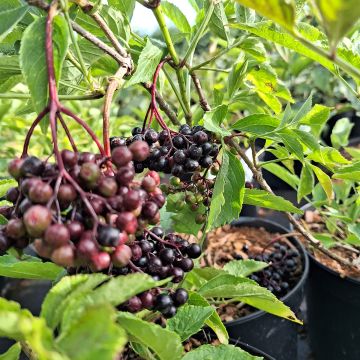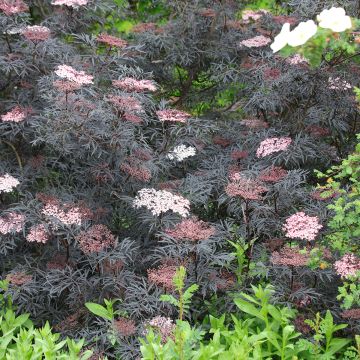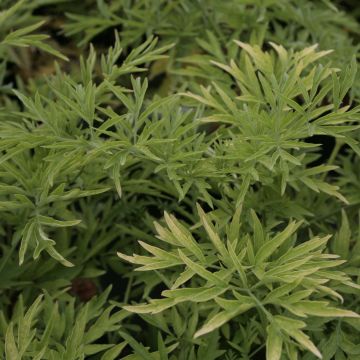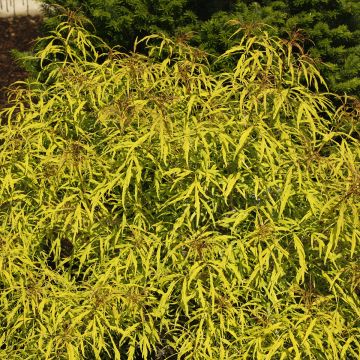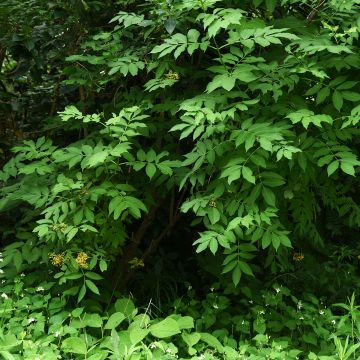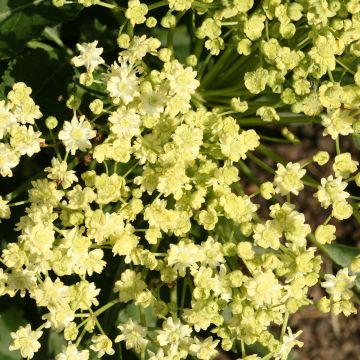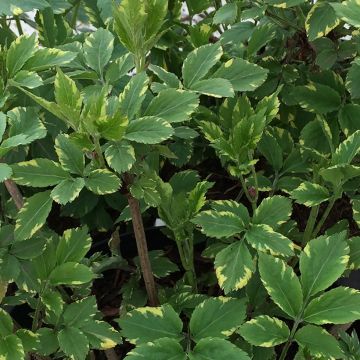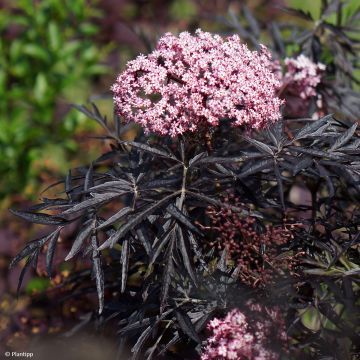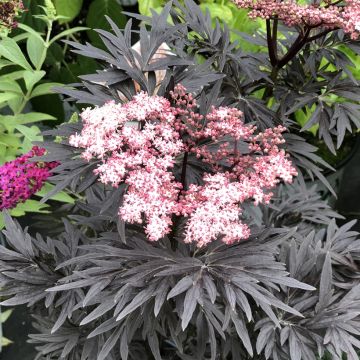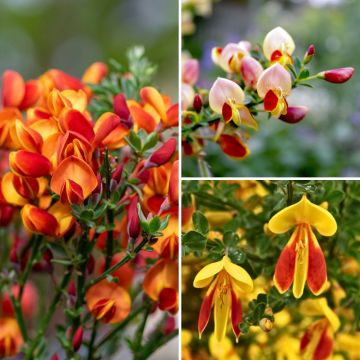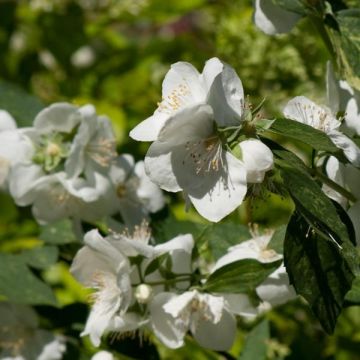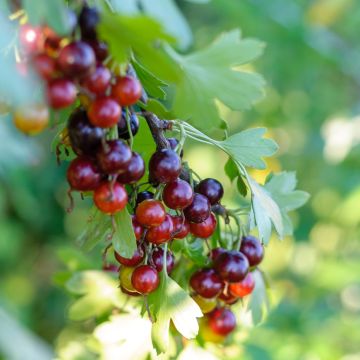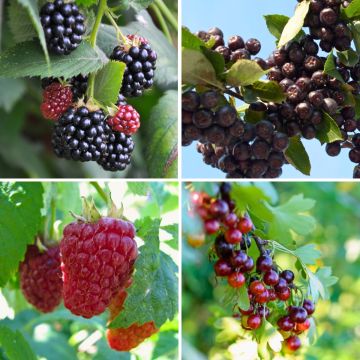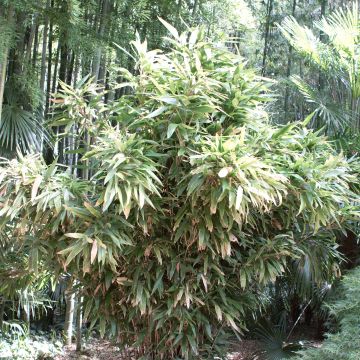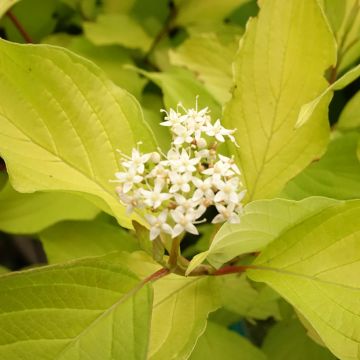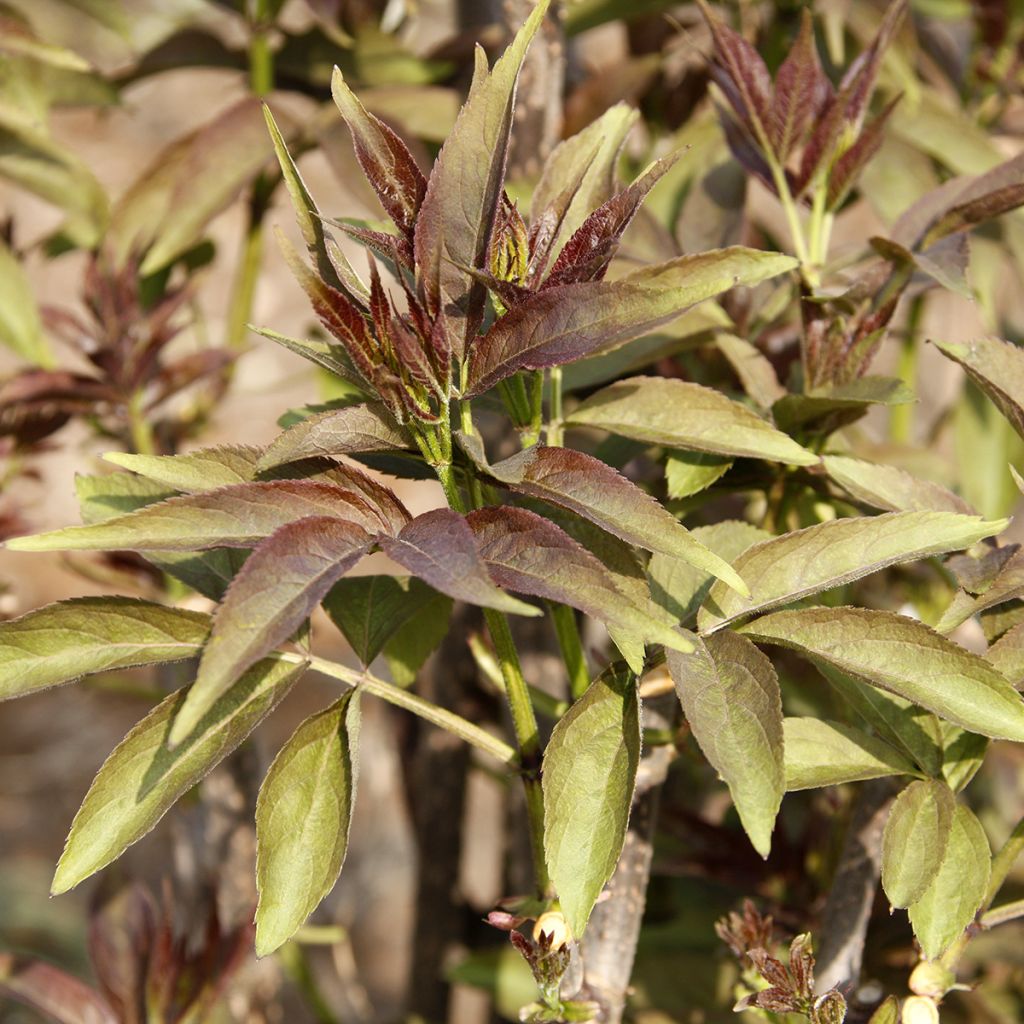

Sambucus tigranii


Sambucus tigranii
Sambucus tigranii
Sambucus tigranii
Special offer!
Receive a €20 voucher for any order over €90 (excluding delivery costs, credit notes, and plastic-free options)!
1- Add your favorite plants to your cart.
2- Once you have reached €90, confirm your order (you can even choose the delivery date!).
3- As soon as your order is shipped, you will receive an email containing your voucher code, valid for 3 months (90 days).
Your voucher is unique and can only be used once, for any order with a minimum value of €20, excluding delivery costs.
Can be combined with other current offers, non-divisible and non-refundable.
Why not try an alternative variety in stock?
View all →This plant carries a 24 months recovery warranty
More information
We guarantee the quality of our plants for a full growing cycle, and will replace at our expense any plant that fails to recover under normal climatic and planting conditions.
Would this plant suit my garden?
Set up your Plantfit profile →
Description
Sambucus tigranii, also known as the Armenian elderberry, is a large ornamental bush with young, reddish-orange shoots, early spring flowering in a creamy yellow colour, and clusters of large red fruits that ripen in August-September. The fruits are edible once cooked, with a sweet flavour, and are loved by birds. This elderberry can be used in wild hedges or as a grove near fruit trees, where it will attract many pollinators.
Sambucus tigranii is a botanical species that grows in Armenia and Georgia up to an altitude of 1500m. This plant, which has become rare in nature, prefers fertile, humus-bearing, slightly moist soils that are rich in nitrogen. It also tolerates slightly poorer, limestone, and dry soils, but its growth will be slower in such conditions. It is a large deciduous bush from the Adoxaceae or Viburnaceae family, depending on the classification. The plant has a more tree-like habit than a truly bushy one, with an open structure, and one or more small trunks carrying slightly trailing branches. It grows rapidly, reaching a height of 3 to 5m and a spread of 2 to 3m within 5 to 7 years. Its bark is light and channelled. The flexible branches bear deciduous leaves. The dark green foliage is dense, composed of opposite leaves divided into 7 to 9 oblong leaflets with finely toothed edges, measuring 15-20cm long. It flowers in paniculate clusters of star-shaped, creamy yellow, nectar-rich flowers at the tips of the shoots between March and April, depending on the climate. This is followed by beautiful clusters of highly decorative berries, round and shiny red when ripe in August-September, which are a delight for birds.
The Armenian elderberry is a collectable plant that is quite similar to the red elderberry (Sambucus racemosa). Like its close relative, it is a beautiful, natural countryside shrub that promotes biodiversity. Whether used in an informal hedge or a grove on a slope, it can be combined with hazelnut trees, a deciduous spindle tree 'Red Wine', or a pink-veiled Arnold's rowan, for example, to enjoy their decorative fruiting and autumn colours. It also pairs well with Hydrangea quercifolia, Parrotia persica, and more.
In the garden:
Elderberry leaves are known to accelerate compost decomposition. A black elderberry leaf infusion is useful in organic gardening to combat mildew and aphid attacks or rodent infestations: soak 1kg of leaves in 10L of water for a few days, then spray as needed. It can also be planted in an orchard, where it attracts birds that prey on insects.
Report an error about the product description
Plant habit
Flowering
Foliage
Botanical data
Sambucus
tigranii
Viburnaceae
Caucasus
Other Sambucus - Elder tree
View all →Planting and care
Sambucus tigranii can be planted in spring or autumn, preferably in full sun but also in partial shade. Plant it in regular, well-drained soil that is rich in humus and not too dry in summer. According to some sources, this elderberry tolerates some drought, air pollution, and a little bit of limestone. It requires little maintenance. In March, before flowering, prune dead or diseased wood and branches that compromise the symmetry of the bush in order to keep only the vigorous branches. Sambucus can withstand severe pruning, but keep a few old branches, as flowering occurs on unpruned branches.
Planting period
Intended location
Care
This item has not been reviewed yet - be the first to leave a review about it.
Similar products
Haven't found what you were looking for?
Hardiness is the lowest winter temperature a plant can endure without suffering serious damage or even dying. However, hardiness is affected by location (a sheltered area, such as a patio), protection (winter cover) and soil type (hardiness is improved by well-drained soil).

Photo Sharing Terms & Conditions
In order to encourage gardeners to interact and share their experiences, Promesse de fleurs offers various media enabling content to be uploaded onto its Site - in particular via the ‘Photo sharing’ module.
The User agrees to refrain from:
- Posting any content that is illegal, prejudicial, insulting, racist, inciteful to hatred, revisionist, contrary to public decency, that infringes on privacy or on the privacy rights of third parties, in particular the publicity rights of persons and goods, intellectual property rights, or the right to privacy.
- Submitting content on behalf of a third party;
- Impersonate the identity of a third party and/or publish any personal information about a third party;
In general, the User undertakes to refrain from any unethical behaviour.
All Content (in particular text, comments, files, images, photos, videos, creative works, etc.), which may be subject to property or intellectual property rights, image or other private rights, shall remain the property of the User, subject to the limited rights granted by the terms of the licence granted by Promesse de fleurs as stated below. Users are at liberty to publish or not to publish such Content on the Site, notably via the ‘Photo Sharing’ facility, and accept that this Content shall be made public and freely accessible, notably on the Internet.
Users further acknowledge, undertake to have ,and guarantee that they hold all necessary rights and permissions to publish such material on the Site, in particular with regard to the legislation in force pertaining to any privacy, property, intellectual property, image, or contractual rights, or rights of any other nature. By publishing such Content on the Site, Users acknowledge accepting full liability as publishers of the Content within the meaning of the law, and grant Promesse de fleurs, free of charge, an inclusive, worldwide licence for the said Content for the entire duration of its publication, including all reproduction, representation, up/downloading, displaying, performing, transmission, and storage rights.
Users also grant permission for their name to be linked to the Content and accept that this link may not always be made available.
By engaging in posting material, Users consent to their Content becoming automatically accessible on the Internet, in particular on other sites and/or blogs and/or web pages of the Promesse de fleurs site, including in particular social pages and the Promesse de fleurs catalogue.
Users may secure the removal of entrusted content free of charge by issuing a simple request via our contact form.
The flowering period indicated on our website applies to countries and regions located in USDA zone 8 (France, the United Kingdom, Ireland, the Netherlands, etc.)
It will vary according to where you live:
- In zones 9 to 10 (Italy, Spain, Greece, etc.), flowering will occur about 2 to 4 weeks earlier.
- In zones 6 to 7 (Germany, Poland, Slovenia, and lower mountainous regions), flowering will be delayed by 2 to 3 weeks.
- In zone 5 (Central Europe, Scandinavia), blooming will be delayed by 3 to 5 weeks.
In temperate climates, pruning of spring-flowering shrubs (forsythia, spireas, etc.) should be done just after flowering.
Pruning of summer-flowering shrubs (Indian Lilac, Perovskia, etc.) can be done in winter or spring.
In cold regions as well as with frost-sensitive plants, avoid pruning too early when severe frosts may still occur.
The planting period indicated on our website applies to countries and regions located in USDA zone 8 (France, United Kingdom, Ireland, Netherlands).
It will vary according to where you live:
- In Mediterranean zones (Marseille, Madrid, Milan, etc.), autumn and winter are the best planting periods.
- In continental zones (Strasbourg, Munich, Vienna, etc.), delay planting by 2 to 3 weeks in spring and bring it forward by 2 to 4 weeks in autumn.
- In mountainous regions (the Alps, Pyrenees, Carpathians, etc.), it is best to plant in late spring (May-June) or late summer (August-September).
The harvesting period indicated on our website applies to countries and regions in USDA zone 8 (France, England, Ireland, the Netherlands).
In colder areas (Scandinavia, Poland, Austria...) fruit and vegetable harvests are likely to be delayed by 3-4 weeks.
In warmer areas (Italy, Spain, Greece, etc.), harvesting will probably take place earlier, depending on weather conditions.
The sowing periods indicated on our website apply to countries and regions within USDA Zone 8 (France, UK, Ireland, Netherlands).
In colder areas (Scandinavia, Poland, Austria...), delay any outdoor sowing by 3-4 weeks, or sow under glass.
In warmer climes (Italy, Spain, Greece, etc.), bring outdoor sowing forward by a few weeks.






























